Refine search
Actions for selected content:
3372602 results
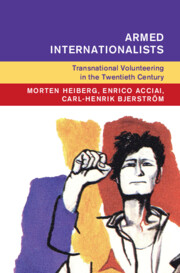
Armed Internationalists
- Transnational Volunteering in the Twentieth Century
- Coming soon
-
- Expected online publication date:
- October 2025
- Print publication:
- 31 December 2025
-
- Book
- Export citation

Analysis and Design of Data Converters
- Coming soon
-
- Expected online publication date:
- October 2025
- Print publication:
- 03 July 2025
-
- Textbook
- Export citation

Making Medical Progress
- History of a Contested Idea
- Coming soon
-
- Expected online publication date:
- October 2025
- Print publication:
- 31 October 2025
-
- Book
- Export citation
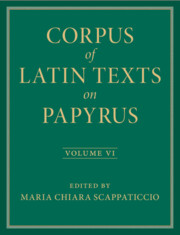
Corpus of Latin Texts on Papyrus
- Coming soon
-
- Expected online publication date:
- October 2025
- Print publication:
- 04 September 2025
-
- Book
- Export citation
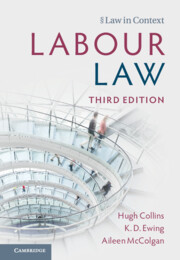
Labour Law
- Coming soon
-
- Expected online publication date:
- October 2025
- Print publication:
- 30 September 2025
-
- Textbook
- Export citation

Seminars in Child and Adolescent Psychiatry
- Coming soon
-
- Expected online publication date:
- October 2025
- Print publication:
- 31 October 2025
-
- Book
- Export citation
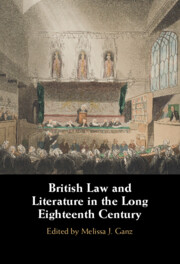
British Law and Literature in the Long Eighteenth Century
- Coming soon
-
- Expected online publication date:
- October 2025
- Print publication:
- 30 September 2025
-
- Book
- Export citation

Parallel Computer Organization and Design
- Coming soon
-
- Expected online publication date:
- October 2025
- Print publication:
- 30 September 2025
-
- Textbook
- Export citation

Introduction to Machine Learning
- From Math to Code
- Coming soon
-
- Expected online publication date:
- October 2025
- Print publication:
- 31 October 2025
-
- Textbook
- Export citation
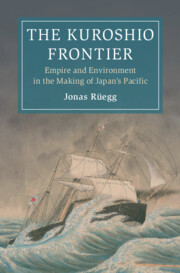
The Kuroshio Frontier
- Empire and Environment in the Making of Japan's Pacific
- Coming soon
-
- Expected online publication date:
- October 2025
- Print publication:
- 31 October 2025
-
- Book
- Export citation

Wireless Power Transfer for Unmanned Aircraft
- Fundamentals, Design, and Control
- Coming soon
-
- Expected online publication date:
- October 2025
- Print publication:
- 31 October 2025
-
- Book
- Export citation
Laws for a Nation and Laws for Transnational Commerce
- Coming soon
-
- Expected online publication date:
- October 2025
- Print publication:
- 30 September 2025
-
- Book
- Export citation
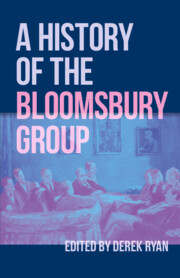
A History of the Bloomsbury Group
- Coming soon
-
- Expected online publication date:
- October 2025
- Print publication:
- 31 October 2025
-
- Book
- Export citation
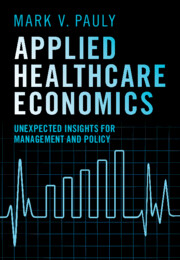
Applied Healthcare Economics
- Unexpected Insights for Management and Policy
- Coming soon
-
- Expected online publication date:
- October 2025
- Print publication:
- 31 October 2025
-
- Book
- Export citation

Ennius Beyond Epic
- Coming soon
-
- Expected online publication date:
- October 2025
- Print publication:
- 31 October 2025
-
- Book
- Export citation

Population Control as a Human Right
- International Law and the Global Quest to Curb Overpopulation
- Coming soon
-
- Expected online publication date:
- October 2025
- Print publication:
- 31 October 2025
-
- Book
- Export citation
Faith in Democracy
- The Logic of Church Advocacy for Liberal Democratic Institutions in Africa
- Coming soon
-
- Expected online publication date:
- October 2025
- Print publication:
- 30 September 2025
-
- Book
- Export citation
States of Transition
- From Governing the Environment to Transforming Society
- Coming soon
-
- Expected online publication date:
- October 2025
- Print publication:
- 31 October 2025
-
- Book
- Export citation

Pablo Neruda in Context
- Coming soon
-
- Expected online publication date:
- October 2025
- Print publication:
- 31 October 2025
-
- Book
- Export citation
Understanding International Security
- Theory and Practice
- Coming soon
-
- Expected online publication date:
- October 2025
- Print publication:
- 31 October 2025
-
- Textbook
- Export citation
